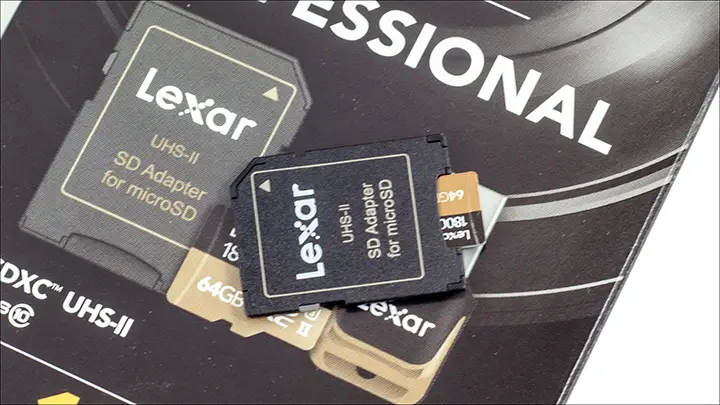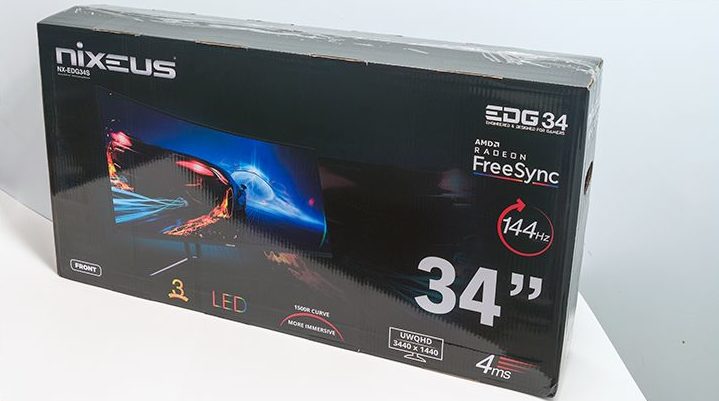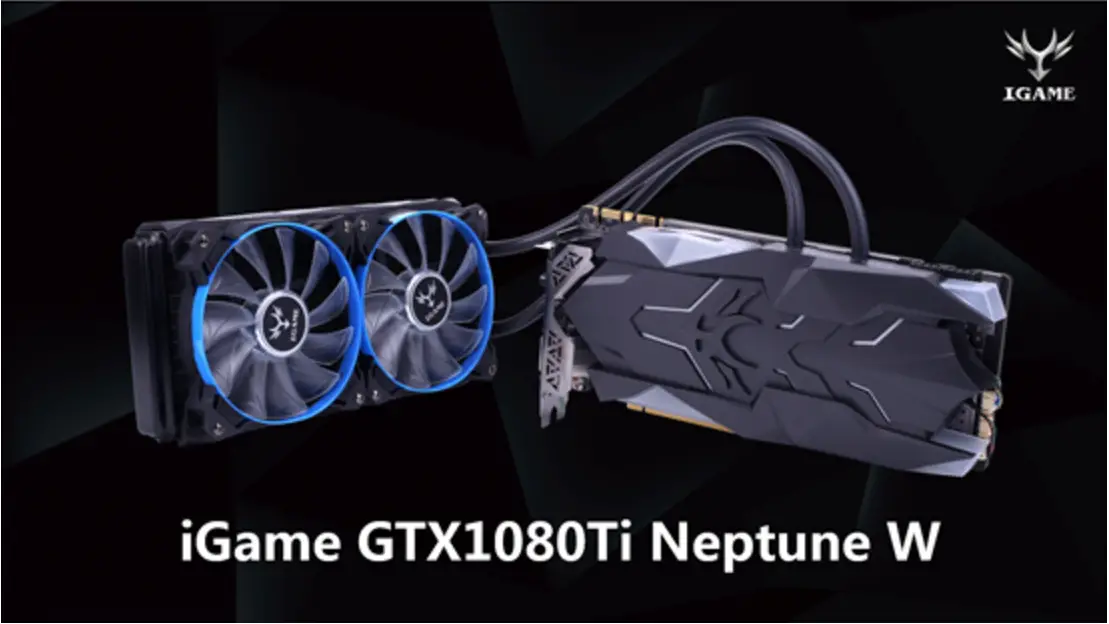 As with its bigger brother the Professional 2000x series, the micro-SD Professional 1800X series comes in a classic Lexar shipping container. That is to say, elegant and information – albeit a touch easy to confuse with any of the other Lexar Professional models.
As with its bigger brother the Professional 2000x series, the micro-SD Professional 1800X series comes in a classic Lexar shipping container. That is to say, elegant and information – albeit a touch easy to confuse with any of the other Lexar Professional models.
 On the positive side the front not only has a nice picture of the card and the accessories which are housed inside it, but also states what the card’s performance rating is in MB/s. More impressive still is it lists not only the read but the write performance specification. In the 1800x this means 270Mb/s read and 245Mb/s write – which is darn impressive for a microSD card and only slightly lower than the 2000X’s 300/270 ratings!
On the positive side the front not only has a nice picture of the card and the accessories which are housed inside it, but also states what the card’s performance rating is in MB/s. More impressive still is it lists not only the read but the write performance specification. In the 1800x this means 270Mb/s read and 245Mb/s write – which is darn impressive for a microSD card and only slightly lower than the 2000X’s 300/270 ratings!
 Opening up and looking inside we can see then next point of variance between this microSD card series and the full sized 2000X SD series. This however, the difference is in the 1800X’s favor. To be precise not only does Lexar include a serial number for their Image Rescue 5 program, a clear storage case for the card itself, as well as a micro-SD (UHS-ii capable) card reader but also a UHS-ii adapter card! This last accessory is noteworthy as it allows this tiny card to work with everything from phones and tablet to cameras – and everything in-between. Brilliant stuff.
Opening up and looking inside we can see then next point of variance between this microSD card series and the full sized 2000X SD series. This however, the difference is in the 1800X’s favor. To be precise not only does Lexar include a serial number for their Image Rescue 5 program, a clear storage case for the card itself, as well as a micro-SD (UHS-ii capable) card reader but also a UHS-ii adapter card! This last accessory is noteworthy as it allows this tiny card to work with everything from phones and tablet to cameras – and everything in-between. Brilliant stuff.
 In testing both the card reader and adapter were truly up to snuff and were in no way a detriment to this cards performance. Equally important is both can be used with any micro-SD card. These two features alone make the 1800X’s price even more palatable and tempting.
In testing both the card reader and adapter were truly up to snuff and were in no way a detriment to this cards performance. Equally important is both can be used with any micro-SD card. These two features alone make the 1800X’s price even more palatable and tempting.
 Looking down at the top of the card, the new 1800X series does not look all that special. Rather it looks just like any typical microSD card. That is to say it is 15mm by 11mm by 1mm… and is rather easy to loose. This of course has been done on purpose as this new model is completely backwards compatible with earlier UHS-I (or even older) devices.
Looking down at the top of the card, the new 1800X series does not look all that special. Rather it looks just like any typical microSD card. That is to say it is 15mm by 11mm by 1mm… and is rather easy to loose. This of course has been done on purpose as this new model is completely backwards compatible with earlier UHS-I (or even older) devices.
 It really is only when you turn the 1800X card over that the differences between this and earlier UHS-I Lexar microSD card series. Basically when used in UHS-I devices only the top most row of pins will be active and the back row will not. The onboard controller is smart enough to then put itself into backwards compatibility mode and negotiate the speed that the device’s controller can handle.
It really is only when you turn the 1800X card over that the differences between this and earlier UHS-I Lexar microSD card series. Basically when used in UHS-I devices only the top most row of pins will be active and the back row will not. The onboard controller is smart enough to then put itself into backwards compatibility mode and negotiate the speed that the device’s controller can handle.
Of especial note is, unlike SanDisk’s 1866x Extreme series, this also means being able to handle UHS-I’s DDR104 speed standard instead of skipping all the way down to 50MB/s. As we will show later in the review this is a rather key feature and one that makes this card rather potent and actually faster than some full sizes SD cards… including some that are supposed to be ‘faster’.
If on the other hand you are lucky enough to own a UHS-II enabled device all pins will be active – including the second row. This signals the controller to start negotiations at its top speed and only work its way down. This provides optimal performance across a wide swath of devices and allows the Lexar 1800x to be truly future proof.
ADVERTISEMENT
Lexar Professional 1800x Micro SDXC
ADVERTISEMENT
$74.19
in stock
9 new from $74.19
1 used from $65.50
as of January 6, 2026 11:03 am
Amazon.com
Last updated on January 6, 2026 11:03 am
Page 4 of 9
ADVERTISEMENT
ADVERTISEMENT
Leave Comment











